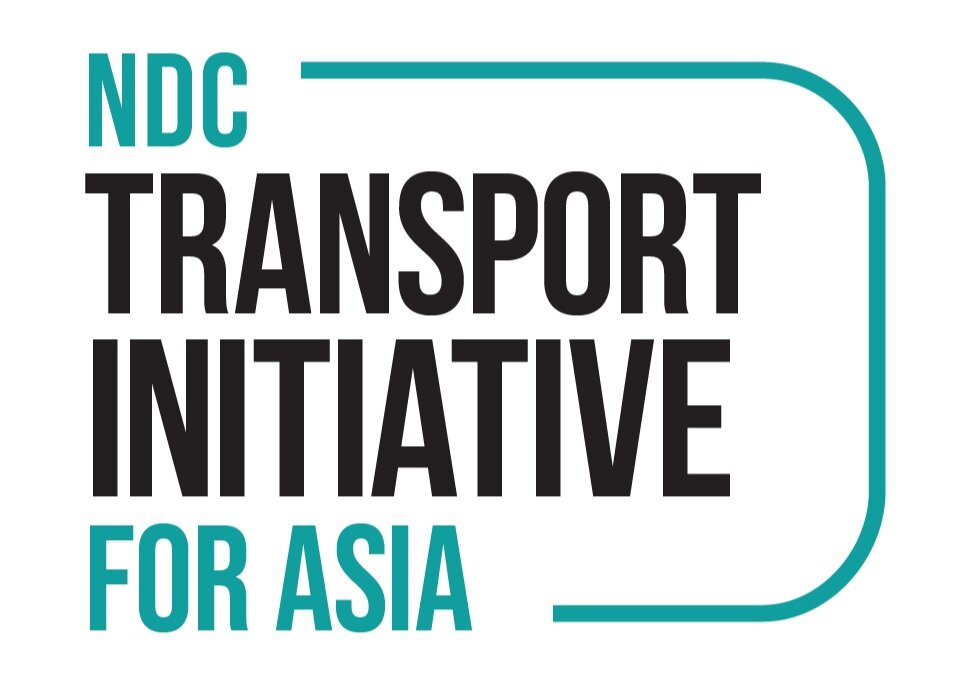Financial Analysis of Charging station (FACt) - A tool for easy financial evaluation of public charging infrastructure deployment in India
By Pawan Mulukutla, Shyamasis Das and Priya Bansal
The availability of adequate public charging infrastructure is a key prerequisite for electric vehicle (EV) adoption. Various state governments are offering financial incentives to encourage the setting up of public chargers for EVs and the Central government has advocated setting up at least one charging point in every 3 km by 3 km grid in a city to allay range anxiety.
Despite the policy push, on-ground implementation of public charging infrastructure (PCS) has not seen much traction due to the high-risk perception of the investment and the uncertainty around the business case for establishing and running a public charging station. The need thus arises to empower these actors with a freely available, open access resource that can help decode the financial performance of an investment in PCS deployment and also yield insights into the associated financial aspects.
To provide a better understanding to stakeholders, WRI India researchers have developed a Financial Analysis of Charging station (FACt) (the “Tool”) to help build an understanding of the business case for rolling out public charging infrastructure for EVs in India in different contexts. The one-of-its-kind excel-based tool is a flexible, transparent, and user-friendly solution to the problem of conducting a quick preliminary assessment of the financial justification for setting up a public charging station (PCS).
The Tool provides a well-rounded view of the financials of a public charging infrastructure project, including the project cost composition and the possible impact of various factors on the return and is useful for entities such as financial institutions, policymakers/regulators, real estate companies, urban local bodies, and implementing agencies.
Key Features of the FACt:
Includes technological, operational, financial and regulatory aspects in the financial calculation.
Allows users to benchmark the project's internal rate of return (IRR) and understand how to achieve the targeted rate of return.
Helps users perform analyses and gain insights into different aspects of the charging business and its viability.
Targets the Indian context by considering mainstream EV chargers, electricity tariff frameworks/regulations, land arrangements, etc.
A recording that demonstrates how to use the tool is also available:
Read more on WRI India’s website wri-india.org.

